Featuring three theaters around a central rotunda, the 1984 renovation of the Cleveland Play House and inclusion of the former Sears department store resulted in the largest regional theater complex in the United States totaling nearly 300,000 square feet. But since CPH moved to the Allen Theater downtown in 2011, Cleveland Clinic Foundation has struggled to find a new use for the facility which is to be razed (Google). CLICK IMAGES TO ENLARGE THEM
Clinic has no long-term development plans for the site
UPDATED NOV. 16, 2021
Redesigned by a world-famous architect in his hometown. Site of the first stage performances by the Clevelander who made The Wicked Witch of the West famous. Shaker Heights native Paul Newman and many other notable actors also got their starts at the place once called the 86th Street Theater.
According to two sources, the Cleveland Clinic Foundation will seek to demolish all structures that were once part of the Cleveland Play House (CPH), 8500 Euclid Ave. That includes the adjacent former Sears department store along Carnegie Avenue. Demolition could occur this winter.
In the near term, the Clinic will reportedly continue to use the site for employee parking as well as for the staging of construction materials and equipment for major capital projects starting in 2022, including its planned 900,000-plus-square-foot Neurological Institute. The new Neurological Institute is proposed to rise on the current site of the Surgery Center (called the P Building), 2083 E. 89th St. At the end of this year, its employees will be relocated so the 1968-built, eight-story, 160,000-square-foot building can be razed, one of the sources said recently.
After the Cleveland Clinic constructs the new Neurological Institute, new Global Center for Pathogen Research & Human Health and an expanded Cole Eye Institute over the next couple of years, the Clinic reportedly has no firm plans at this time for the former CPH property. It’s a huge piece of land for an urban setting, representing 11.3 acres. And that doesn’t include a grassy 0.465-acre parcel within the site owned by Euclid 8400, LLC of Henderson, Nevada.
Site of the former Cleveland Play House and adjoining Sears Department store, as well as its juxtaposition to the new site for the massive new Neurological Institute. Sources say the old CPH complex will be razed by the Cleveland Clinic Foundation to provide a construction staging area for the new Neurological Institute and be a future development site (Google).
Although there’s no long-term plan now, this area was recently designated by the State of Ohio as its second Innovation District. Within that district, stakeholders including the Clinic, Case Western Reserve University, Cleveland State University, University Hospitals, MetroHealth System, community development officials and others anticipate up to 20,000 jobs and 10,000 housing units to be added over the next 15 years. The Clinic seeks to be directly involved in developments that support the addition of housing and spin-off jobs.
It’s not the first time the Cleveland Clinic demolished notable, historic structures without first having a plan for how it would use the cleared property. In August 2020, the Clinic demolished the nearby ORCA House, 1905 E. 89th., just south of Chester Avenue. ORCA House, now part of Signature Health Inc., is one of the oldest African-American founded and operated adult substance abuse treatment centers in the country.
Although CPH continues to operate and perform at the Allen Theater in downtown Cleveland’s Playhouse Square, its home for more than 80 years was at the old 86th Street Theater. It is distinct from the the Playhouse Settlement which later became Karamu House, another performing arts institution located in the Fairfax neighborhood.
The nearly 300,000-square-foot ex-CPH complex was bought by Cleveland Clinic in 2009 for $13 million, public records show. CPH moved downtown two years later. However, Cleveland Clinic seldom uses the former CPH buildings except for occasional seminars or Clinic police training, as well as the employee parking lots to augment the 4,000-space East 89th Street Employee Garage across East 86th.
“We do not have any information to share on this (planned demolition) at this time,” said Cleveland Clinic’s Senior Director of Corporate Communications Angela Smith. “If that changes, I will let you know.”
Fairfax Renaissance Development Corp. Executive Director Denise Van Leer also was contacted for comment. Other than acknowledging receipt of a NEOtrans e-mail seeking more information, she did not respond.
According to historic preservation consultant Steve Mcquillin, the complex does not have landmark status either by the city or the National Park Service which maintains the National Register of Historic Places.
“Surprisingly the Cleveland Play House isn’t a designated landmark,” he said. “I don’t see it on the National Register but it could meet the exceptional significance criteria for inclusion. There ought to be a way to retain and celebrate its architecture plus the older portion is historic in its own right. There ought to be a lot of community opposition (to demolition) particularly in light of Cleveland Clinic’s recently documented dismal track record of providing community service as it needs to as a non-profit.”
From Carnegie Avenue, the Sears department store (1928-1980) is visible, behind the 1984 renovated and expanded Cleveland Play House, at left. The store was incorporated into CPH as a facility for rehearsals and a shop for stage sets, scenery, props and costumes. But Cleveland Clinic Foundation could never figure out what to do with the property after it acquired it in 2009 (Google).
Part of the reason it’s not considered an historic landmark is because the facility has been substantially altered over the decades. Much of the complex was expanded and extensively renovated in 1984 into the largest regional theater facility in the nation, designed by world-renowned architect Philip Johnson who was born in Cleveland. Johnson modernized the complex and designed significant additions including a third performance venue, the Kenyon Bolton Theatre.
The expansion became possible when CPH bought the adjacent Sears department store. It operated from 1928-80 and is the surviving Sears urban department store building that had stood in the city of Cleveland; the other was on Lorain Avenue at West 110th Street. The Sears store was used by CPH for rehearsals and as a shop for the creation and storage of stage sets, scenery, props, costumes and other materials.
CPH held its first performance in 1916 across the street in an old farmhouse on land owned by industrialist Francis Drury whose mansion still stands next door. The wealthy man later donated to the Cleveland Play House his gardens across the street, 8615 Euclid Avenue, according to clevelandhistorical.org. It was partially cleared and in its place a complex of two theaters and support facilities was constructed in 1927. One theater was the 522-seat Drury Theater and the 160-seat Brooks Theater. The latter was named for CPH founder Charles Brooks.
Performing within its walls were Alan Alda, Joel Grey, Margaret Hamilton, Elizabeth Hartman, Paul Newman, Eleanor Parker, June Squibb, Ray Walston, Jack Weston, Grant Show and James Riordan, many of whom began their acting careers at CPH. Newman, of Shaker Heights, starred in many blockbuster movies over a 50-plus-year career. Hamilton, a Cleveland native, went on to her signature role as The Wicked Witch of the West in the 1939 Judy Garland movie The Wizard of Oz. CPH also operates the nation’s oldest community-based theatre education program.
END

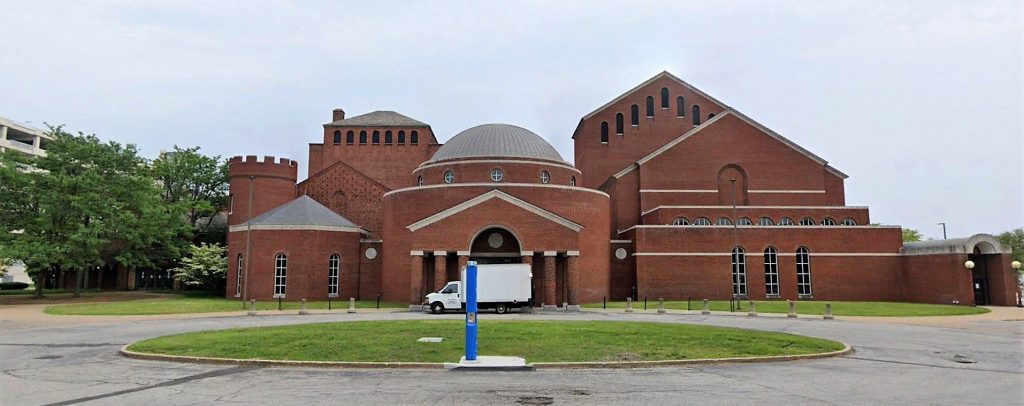
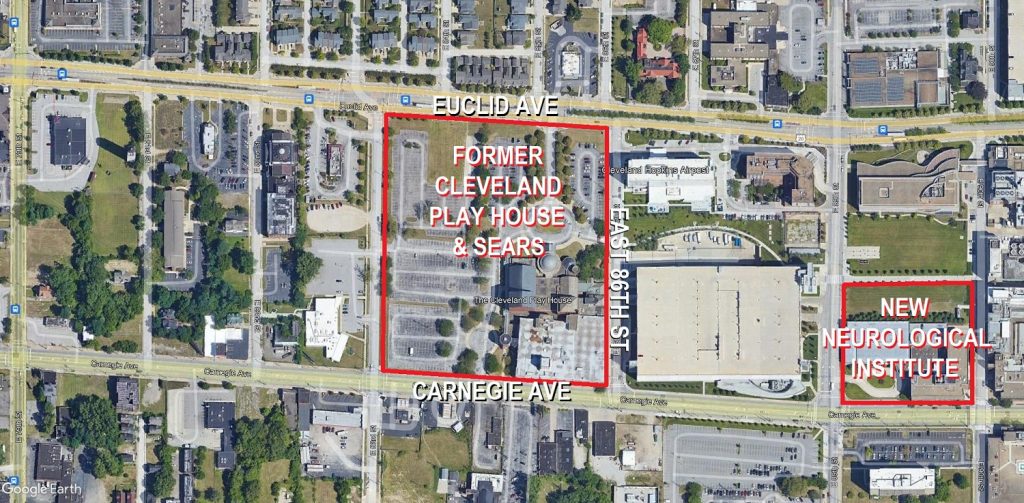
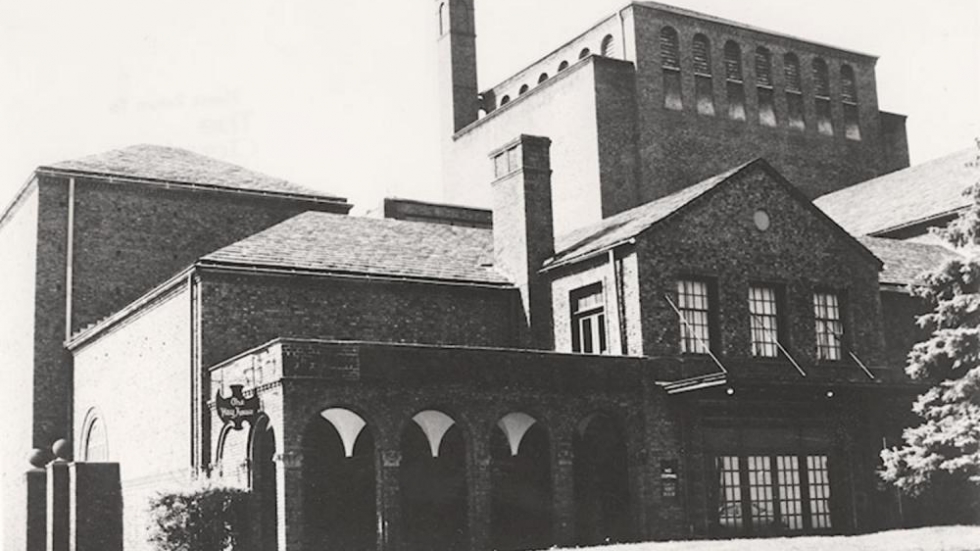
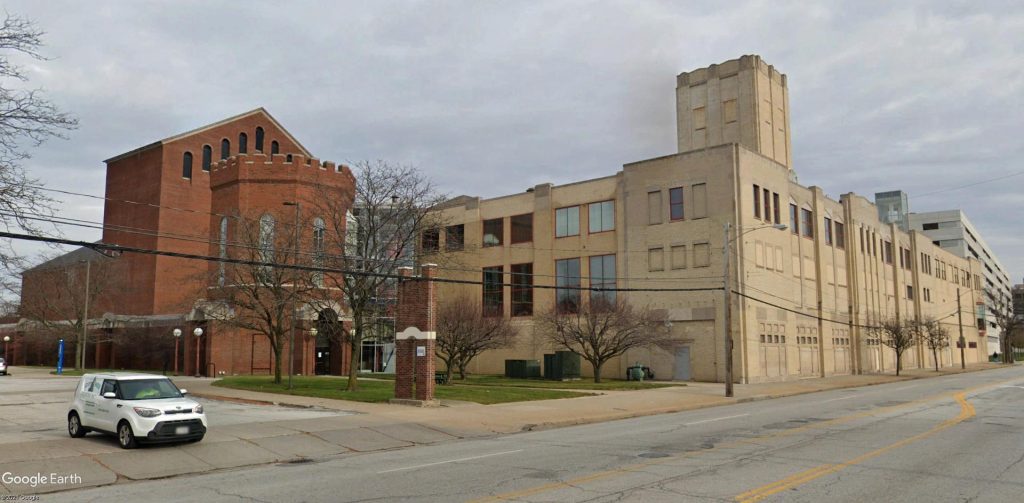

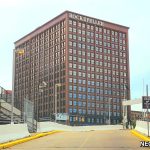




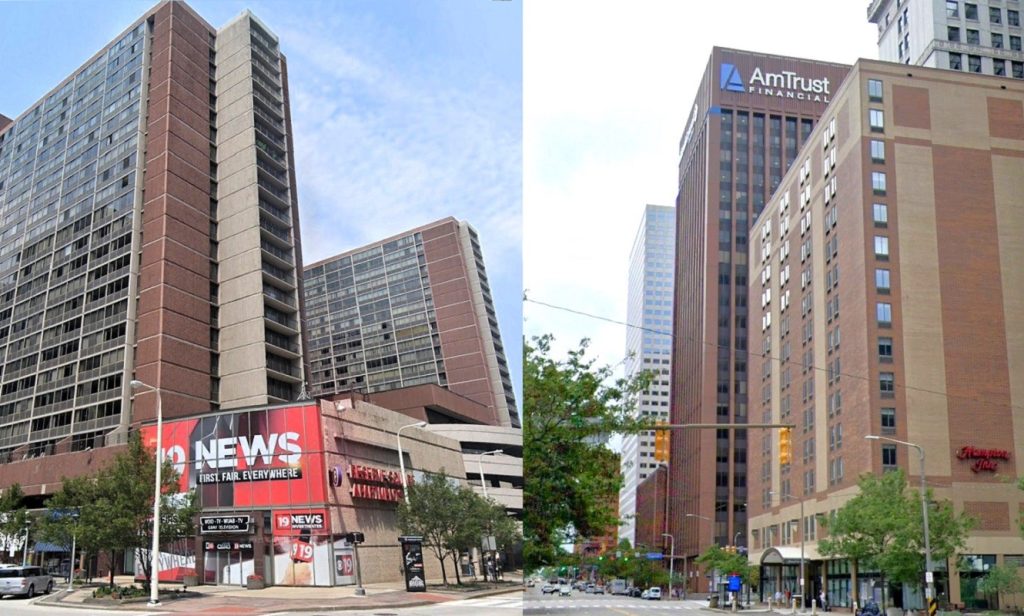
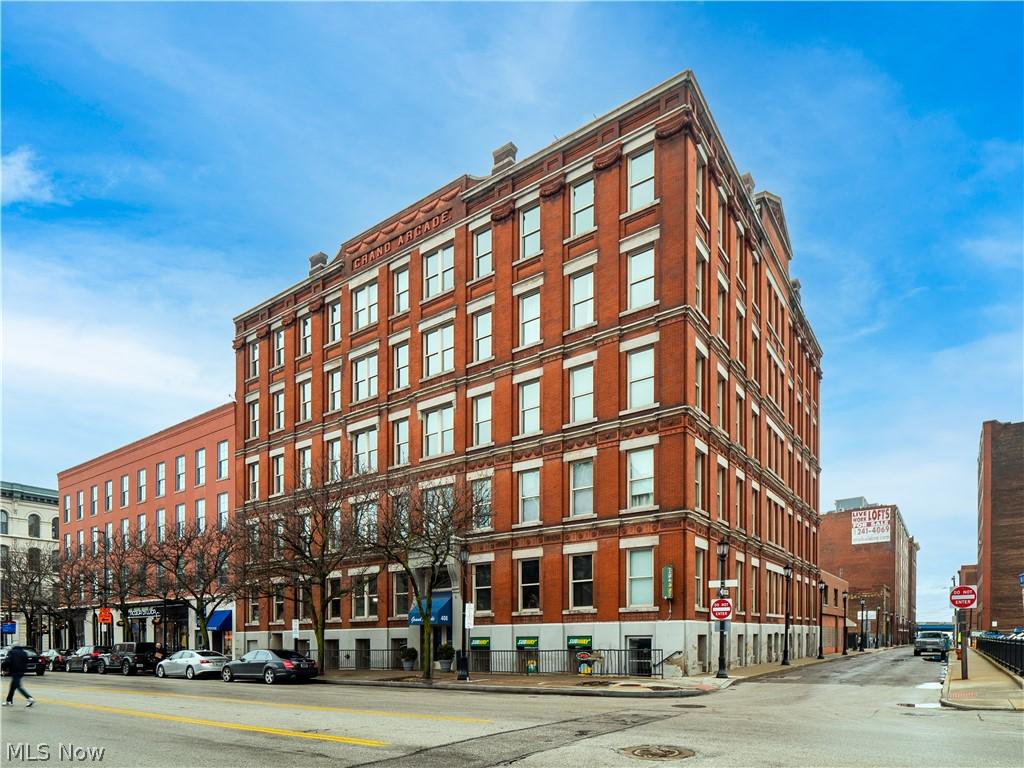

Comments are closed.